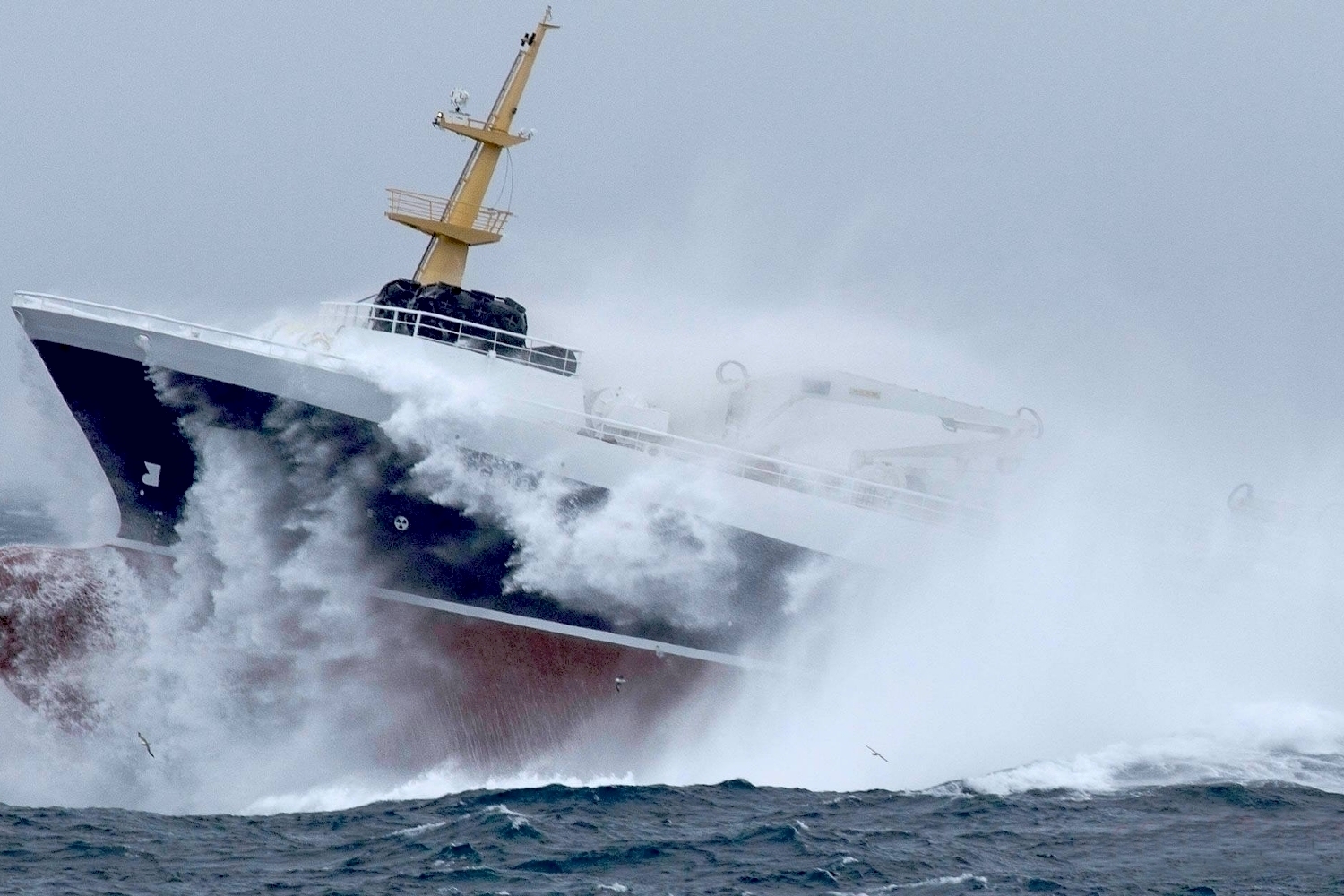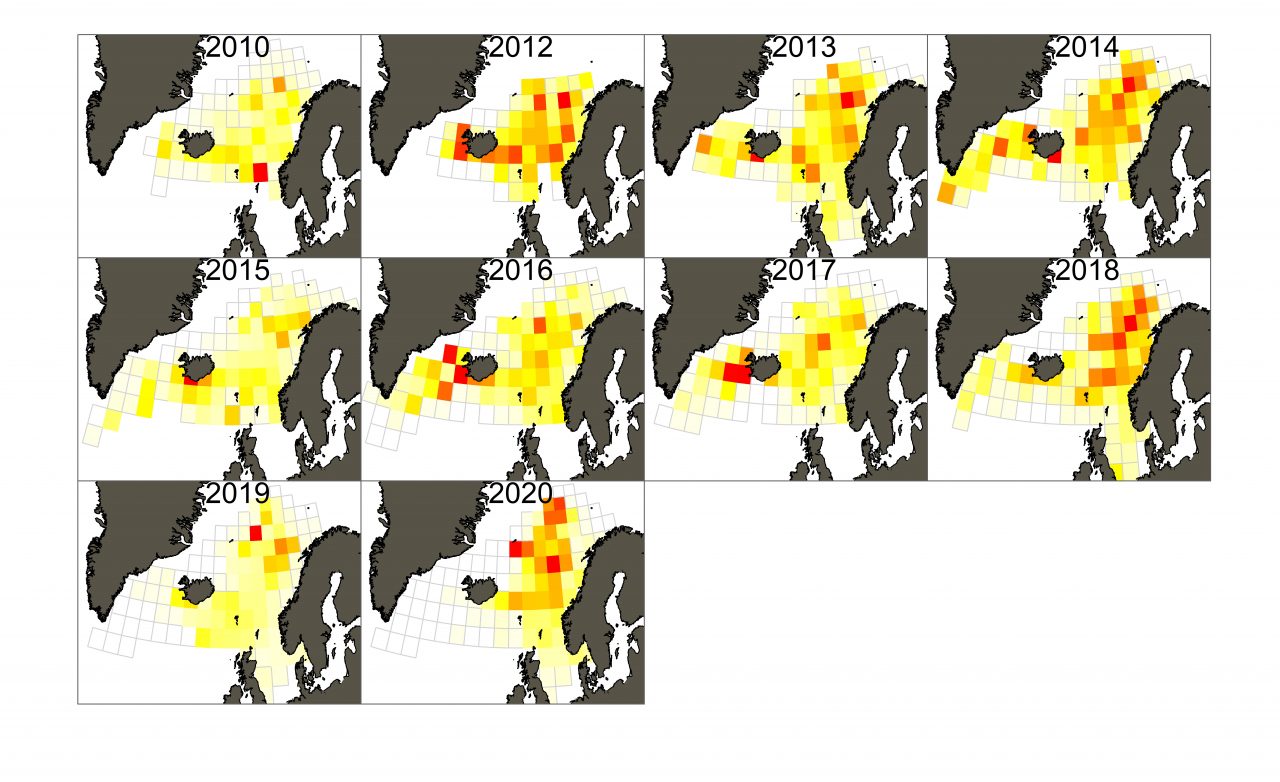No more mackerel in Greenland’s seas, biologists conclude
With the species again absent from Greenlandic waters this summer, the country may be bidding so long to a lucrative fishery before it ever really got off the ground.

For the second year running, Europe’s mackerel stocks have steered clear of Greenlandic waters, suggesting that the sudden arrival a decade ago of one of Europe’s most valuable species of fish may have been a fluke.
Mackerel typically breed in the waters west of the British Isles and the North Sea, and then migrate to feeding grounds in the waters off Norway in the summer. But, as ocean temperatures have warmed, mackerel had, starting around 2010, begun making a more westerly migration that had seen as much as 13 percent of the estimated 1.2 million tons of mackerel in the North Atlantic arrive in Greenlandic waters.
[Greenland moves to join North Atlantic mackerel fishing agreement]
However, the latest survey from Pinngortitaleriffik, Greenland’s natural resources institute, found that after just 0.1 percent of mackerel migrated to Greenlandic waters in 2019, there were no mackerel this year, this despite the size of the overall population being larger than ever.
Rather than overfishing, the decline, according to Pinngortitaleriffik, is due to other factors, such as current and a greater availability of food in the Norwegian Sea.

The recent arrival of mackerel in Greenlandic waters meant that the country was still in the process of establishing annual catch volumes for the intense, three-month season. The amount, however, had been steadily rising and was this year set at 60,000 tons, although falling catches in recent years had led Greenlandic authorities to project that only 36,000 tons would be landed this this year, which, had the full volume been caught would have brought in 33 million kroner ($5.25 million) in landing fees.
This year’s quota is 25 percent lower than what had been been permitted in 2014, when nearly the entire quota had been landed.
At that time, steadily increasing catches of mackerel led to expectations that it would quickly exceed the 100,000 tons of shrimp, long the country’s most valuable commodity, fishermen are permitted to haul each year. In recent years, however, volume of mackerel landed has fallen to about half of the total allowed.